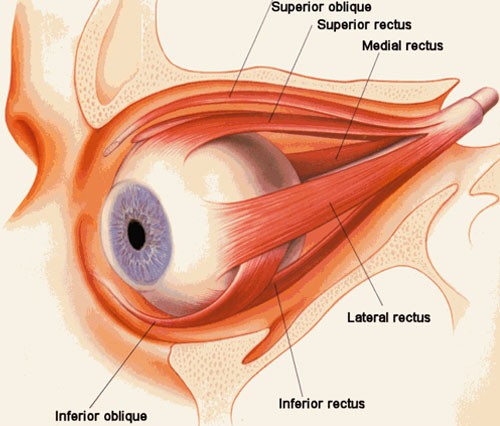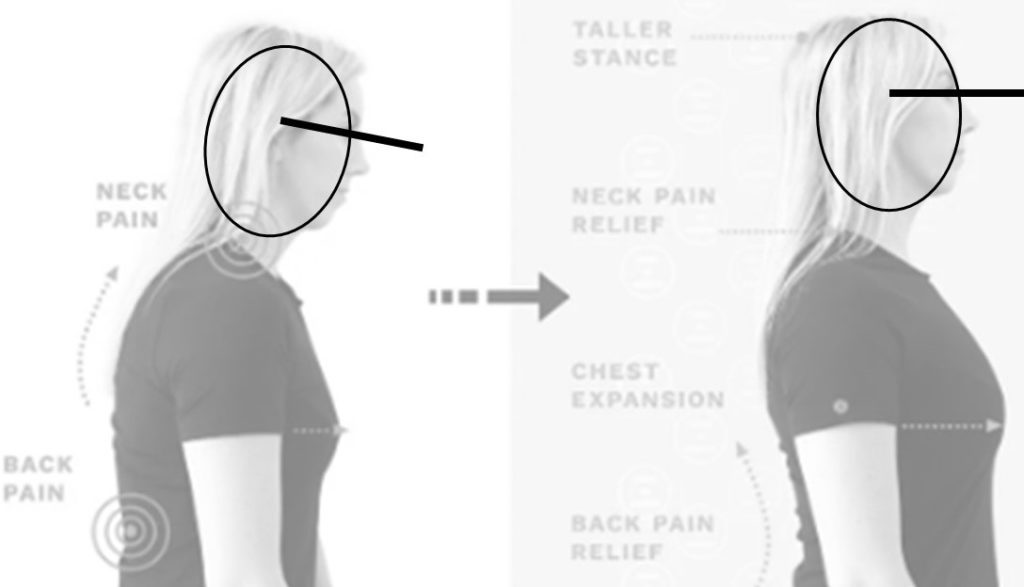Some of you know that I wore glasses from around 7th grade to my early twenties.
Then I started reading up on natural vision, quit wearing glasses, and gradually my eyesight improved. I went from 20/180 in my worst eye to basically 20/20 or 20/40 today. (Range because I experience some degradation in vision acuity if I’m tired or have been inside/in front of screens too much.)
I posted about my natural vision journey several years ago.
I’ve learned a lot about vision and natural vision over the years, and wanted to share one particular insight, because it’s important, and it may help other people who want their eyes to operate as God intended – and don’t want to be dependent on corrective lenses.
Poor posture — the root of contemporary epidemic of vision problems?
This is based on observation, self-experimentation, and logic. Consult a medical professional please, as the disclaimers say.
When the head isn’t aligned, the eyes are forced to compensate.
They have to use the muscles that attach to the eyeball to rotate/gyrate within the socket, so they can “find” the position where images are most easily and efficiently focused on the retina.

Under pre-industrial “natural” conditions, these compensatory adjustments are momentary/passing movements. The eye muscles that perform the movements quickly relax again as the head returns to its vertically & horizontally aligned position.
It’s a fluid thing that our bodies are designed to do, to compensate for shifts in head, neck, trunk, hips, knees — for unevenness in terrain, gait, and for dynamically scanning the environment.
This is a great substack about head and neck stabilization. Todd Hargrove is writing about balance, agility, and sports performance. He embeds some nice video showing how animals naturally stabilize their heads/necks while moving.
But here’s the thing.
Suppose you spend too much time fixing your eyes on a near-point object, with your head (meaning of course also your neck, shoulders, spine, hips, knees, ankles…) out of alignment.
Maybe the eyes muscles that rotate/gyrate the eyeball will become overworked and strained.
Maybe they will “tighten” into a position where it’s impossible for reflected light to fall properly on the retina.
Maybe the eyeball itself will become misshapen/distended by the continual “pulling” of the eye muscles.
Here’s a diagram of the eye muscles that do all this work. You can imagine how they coordinate, relaxing and tightening in turn to gyrate the eyeball within the socket.

Schematic based on image published by IFGfit. Exercises to improve posture at the link.
Test this yourself
If you have poor sight — especially if you are a young or youngish person with myopia — take a minute, go outside, and take off your glasses.
Stretch up your posture so your head is aligned vertically and your shoulders are back.
Loosen your neck. Swing or sway your body if you need to, to get everything loosened.
Blink a few times to relax your eyes.
And see if your vision doesn’t momentarily become more clear.
Was this post useful? Do you like reading fiction? Please visit my Amazon page and consider buying one of my books.
